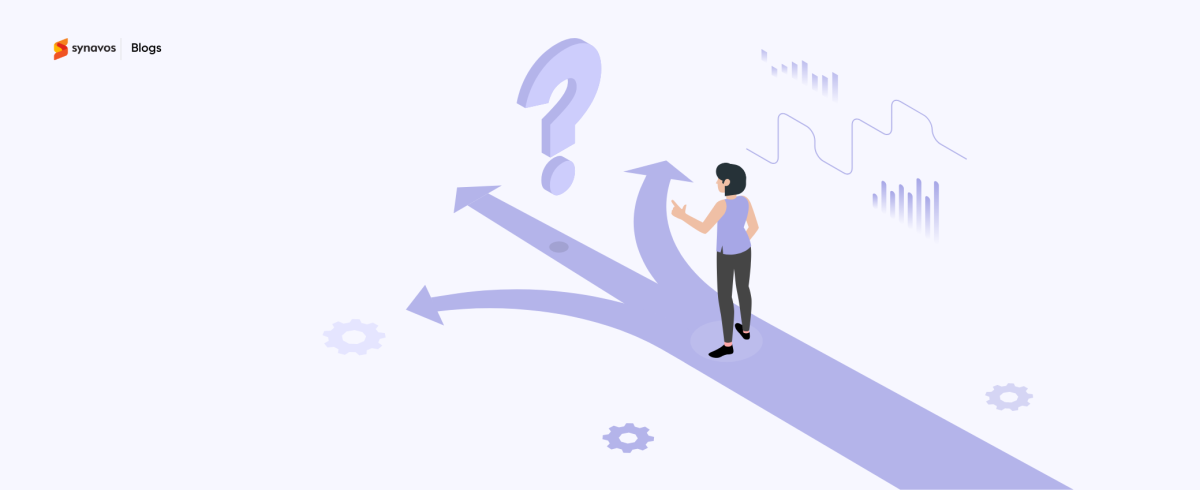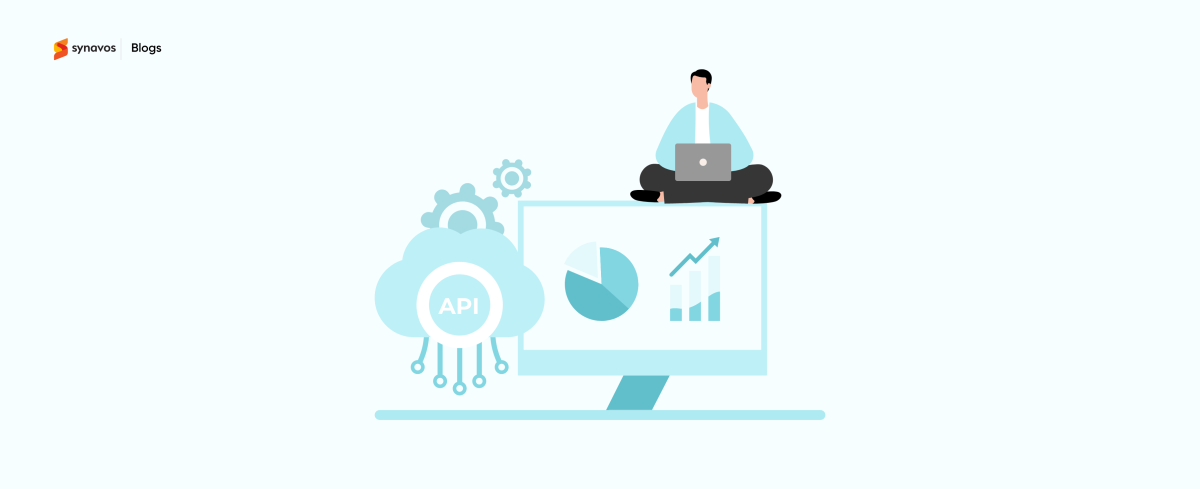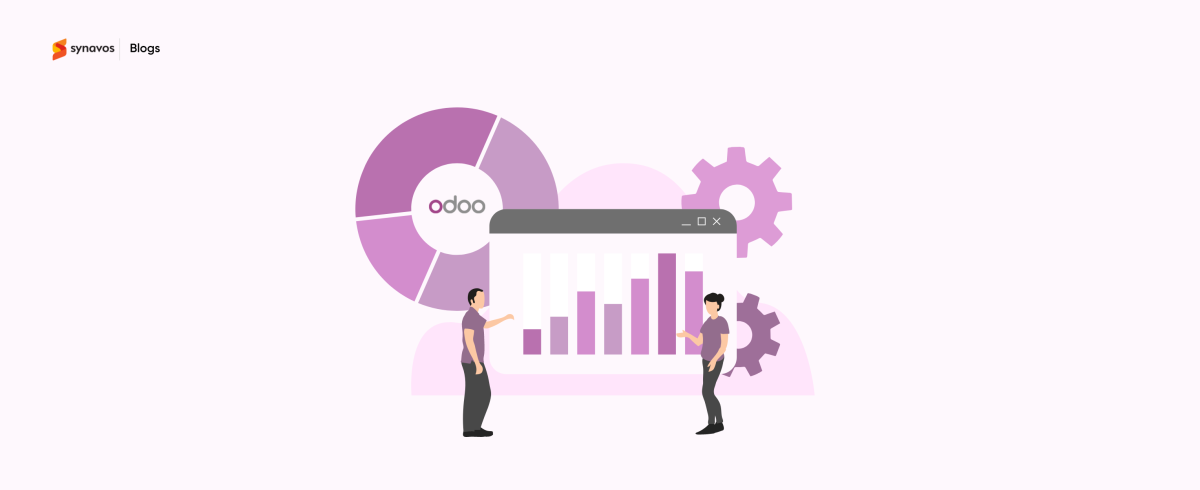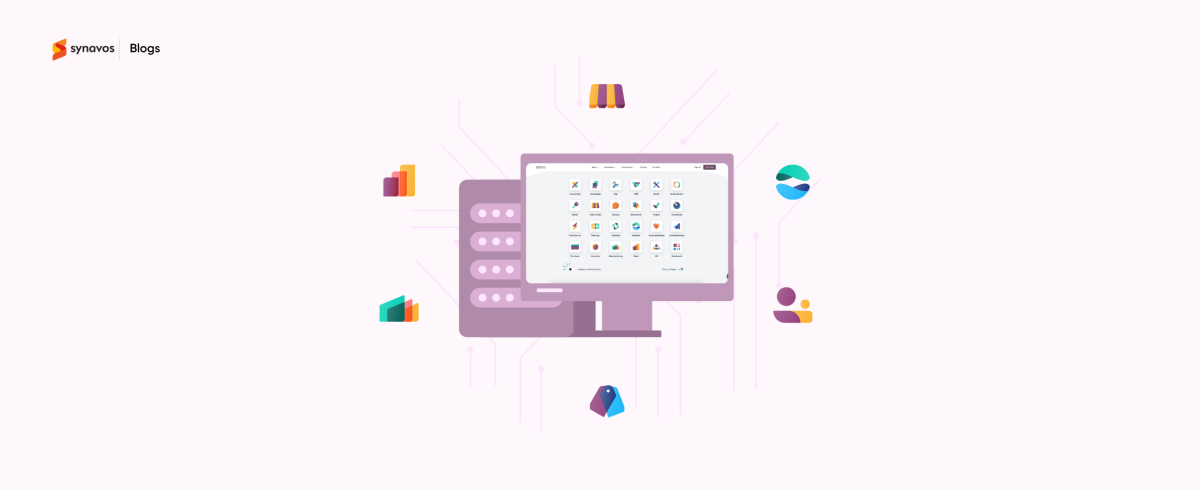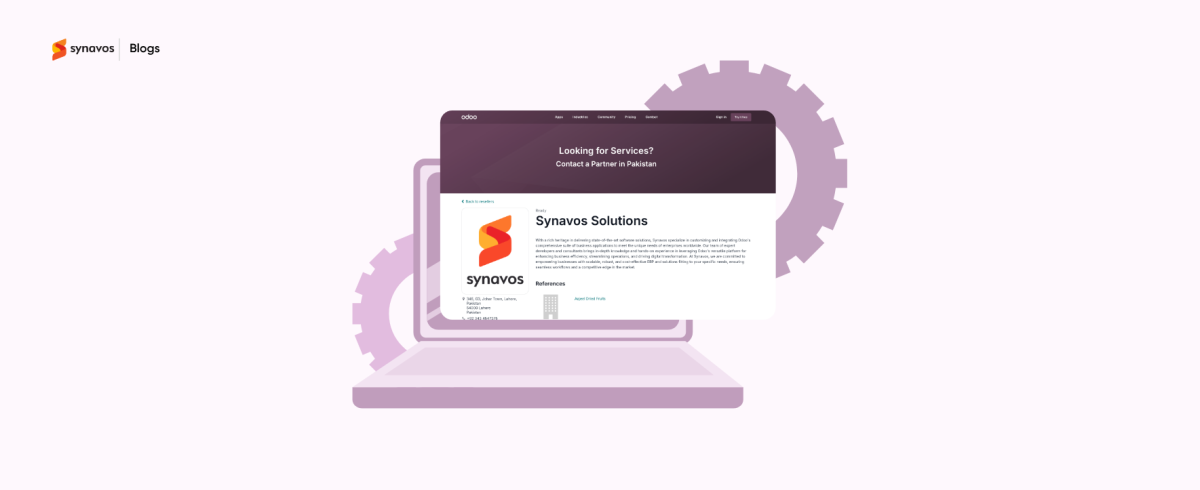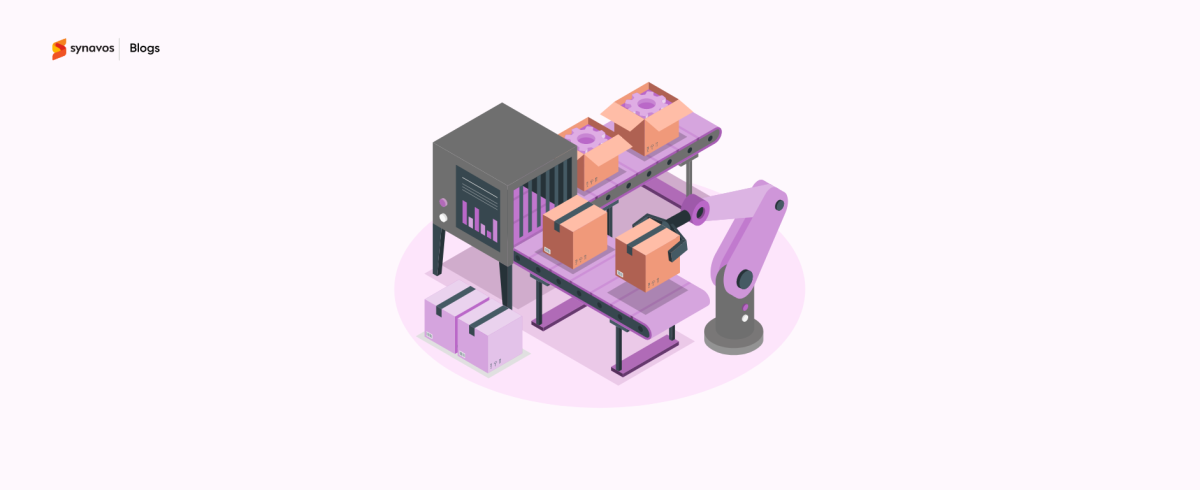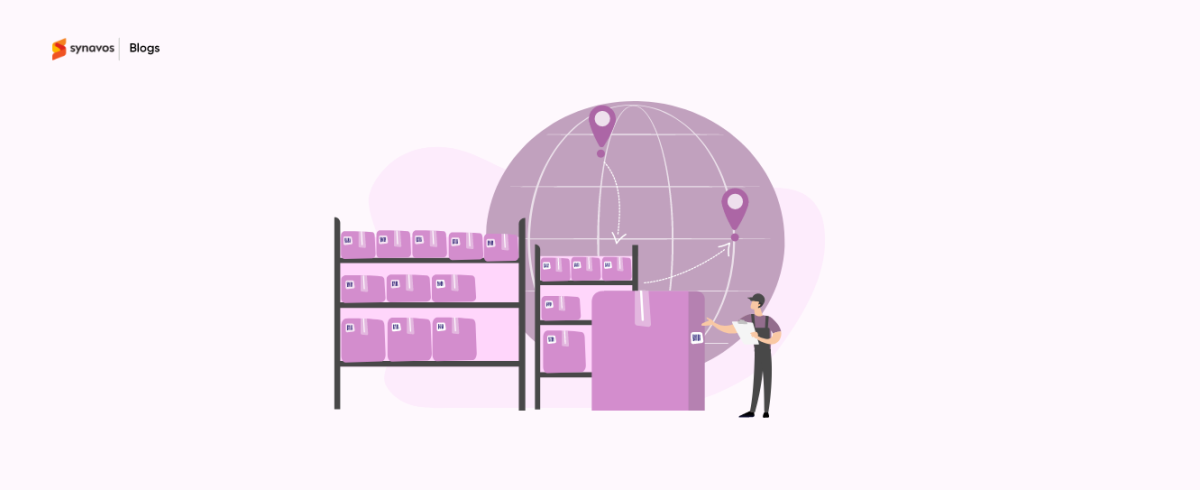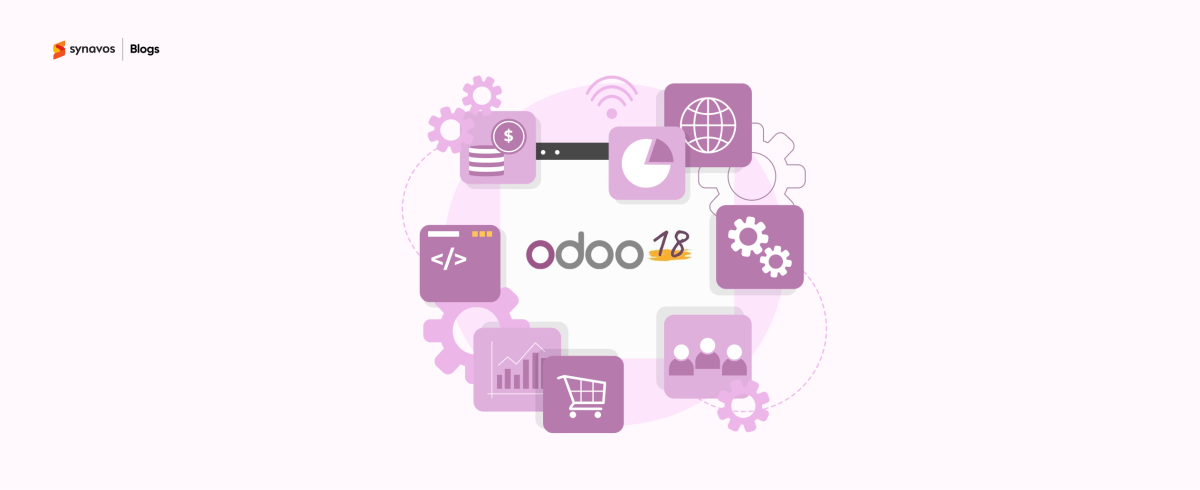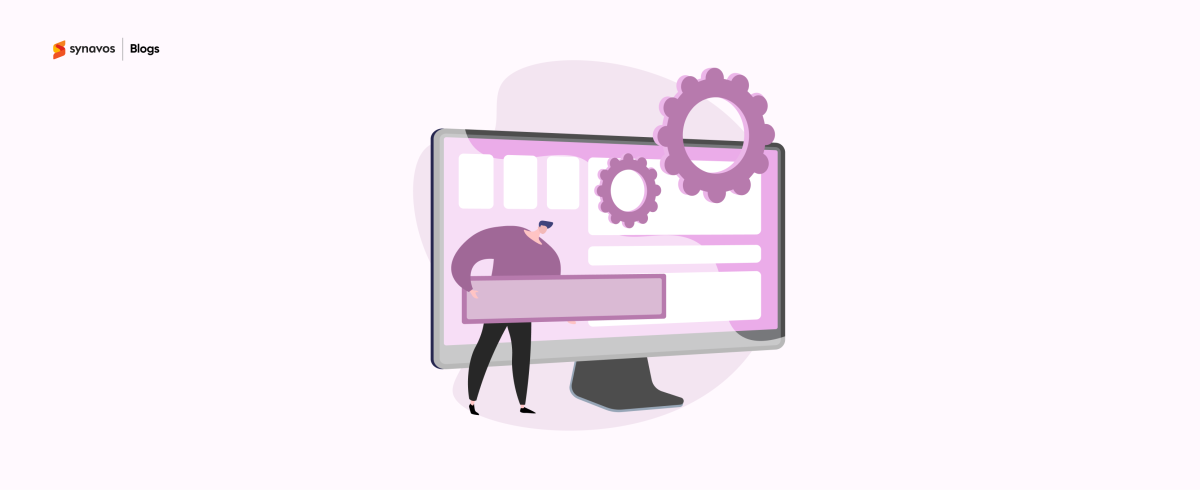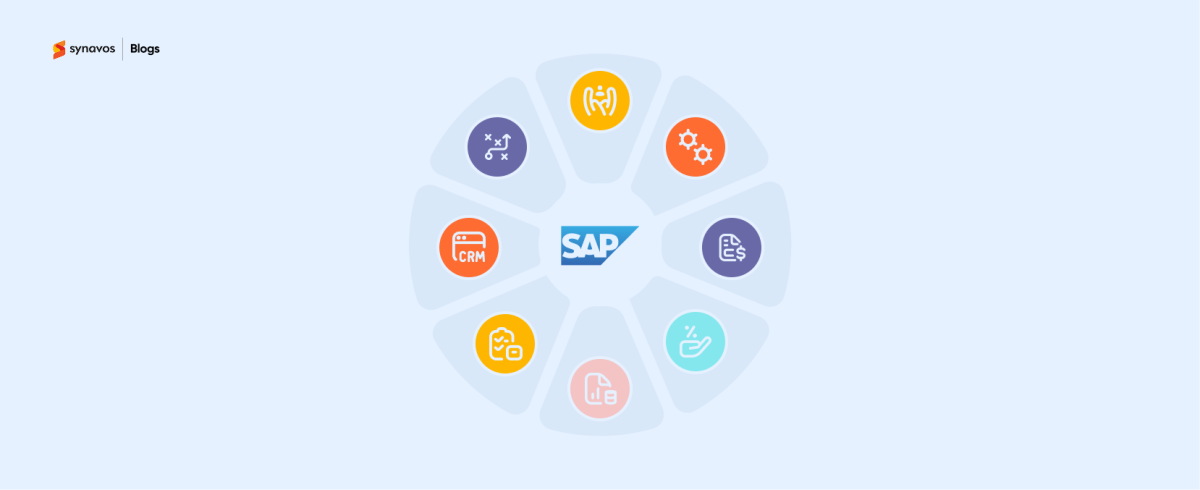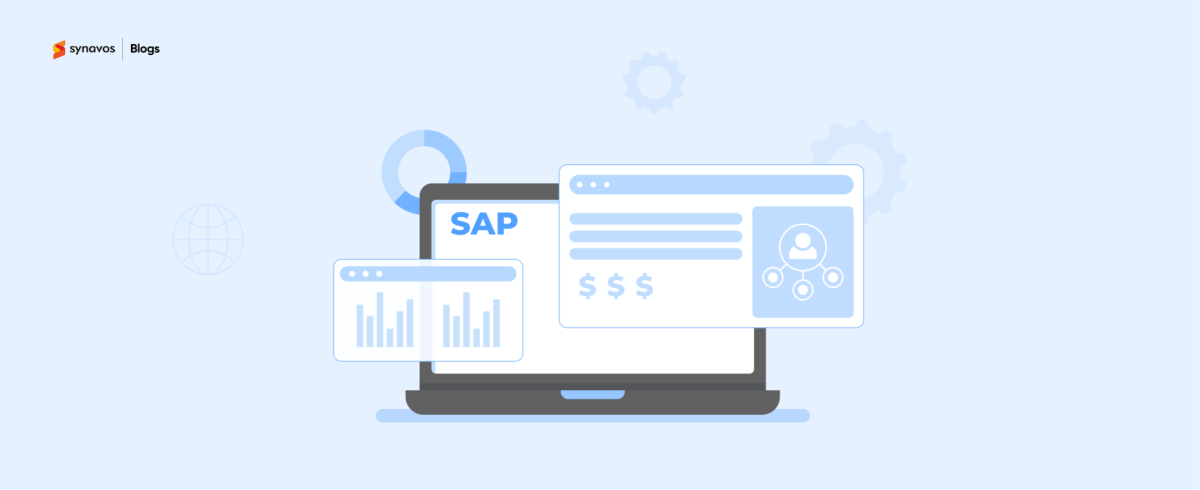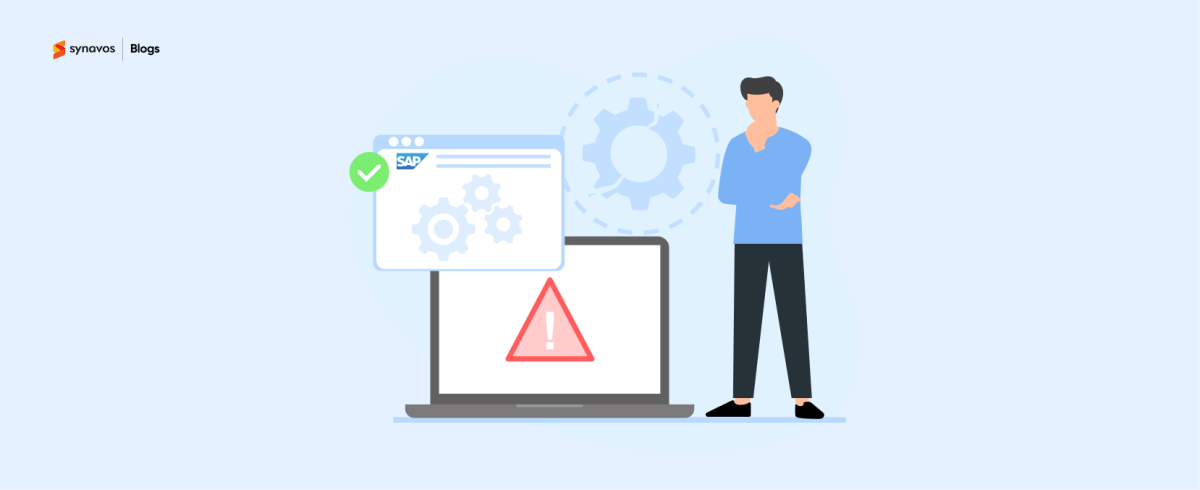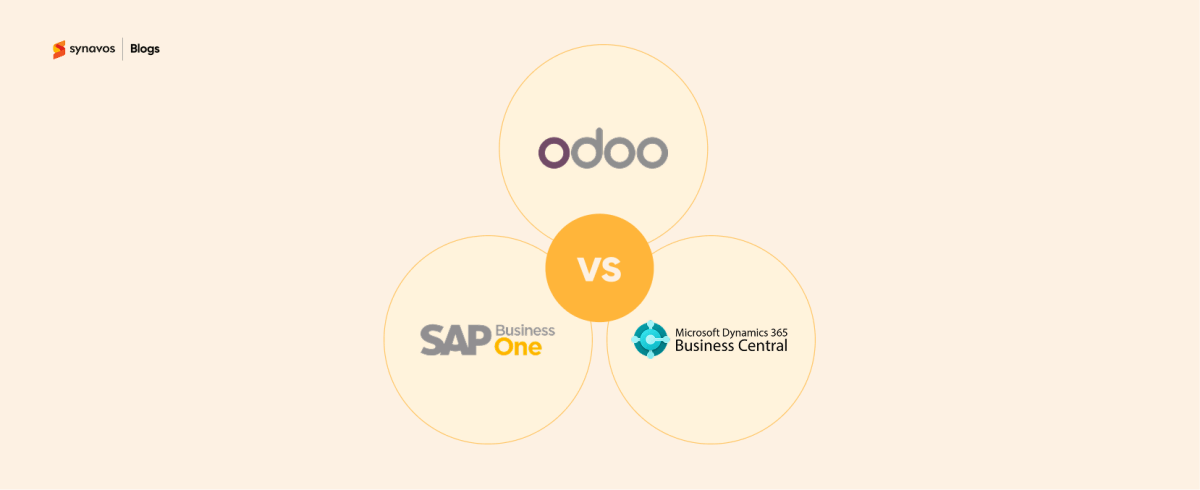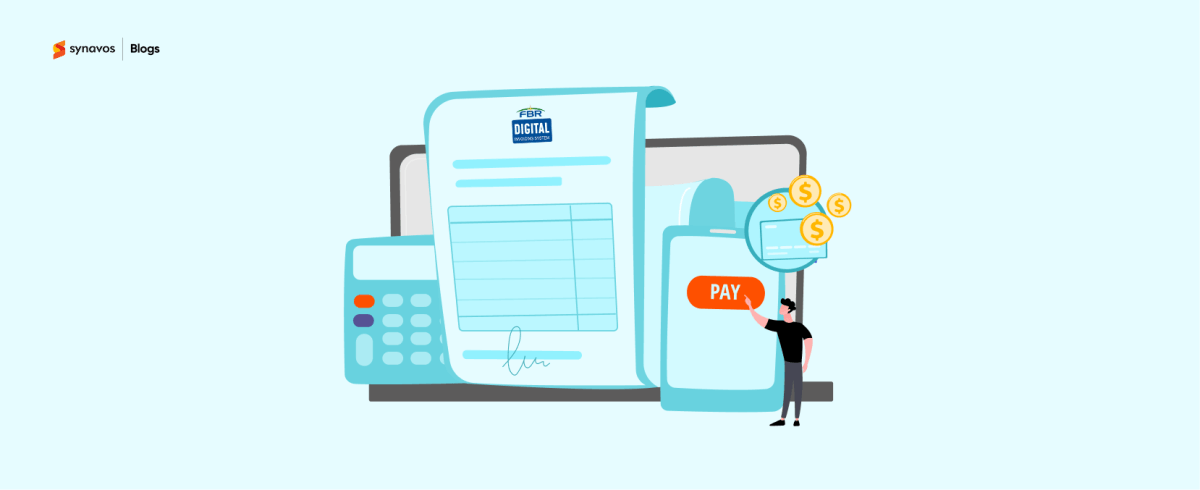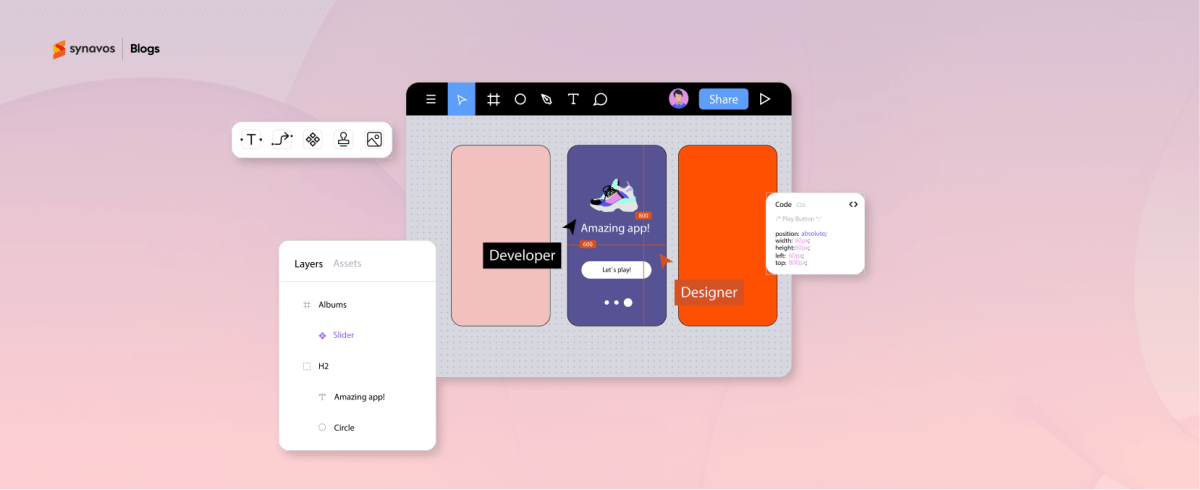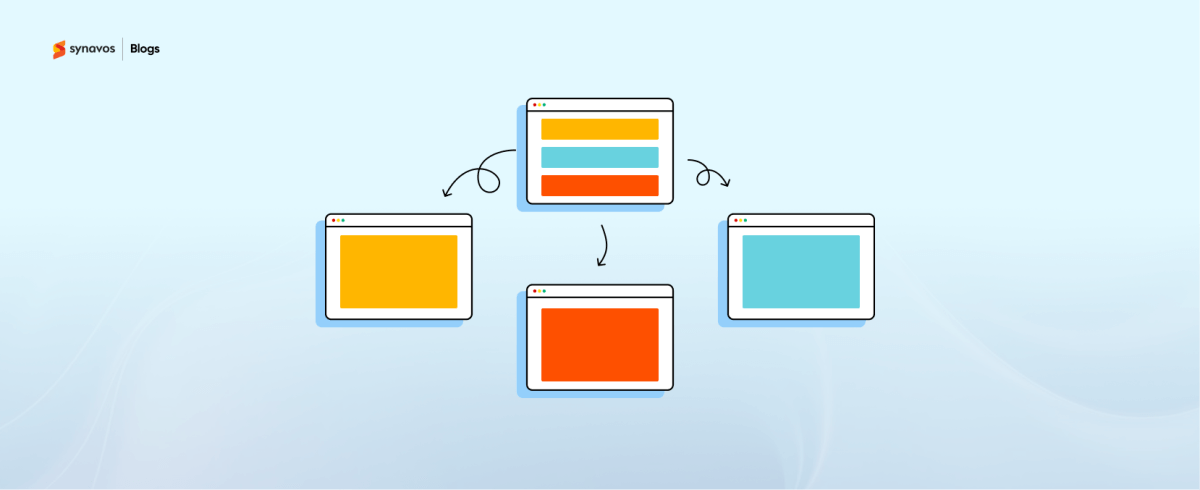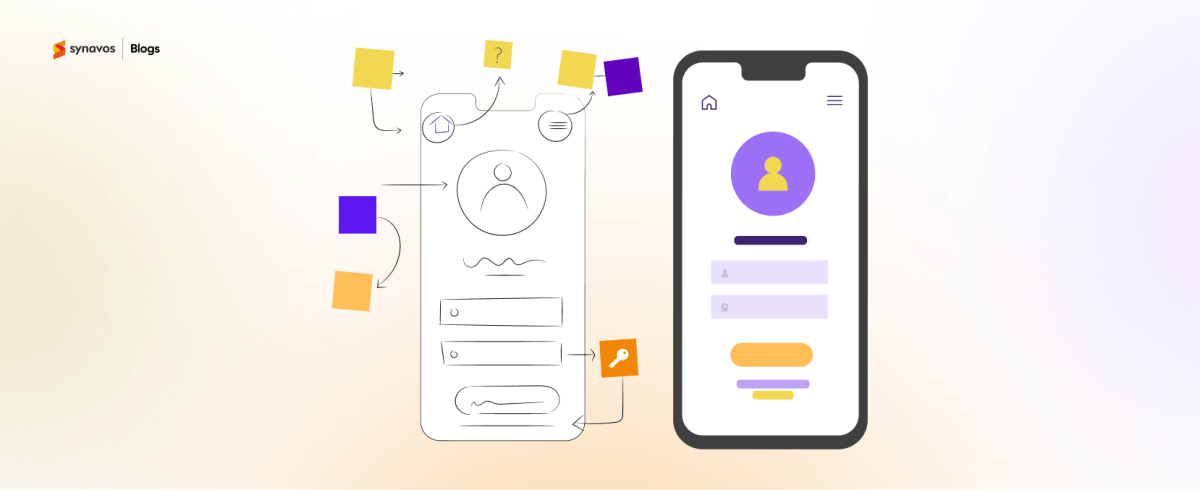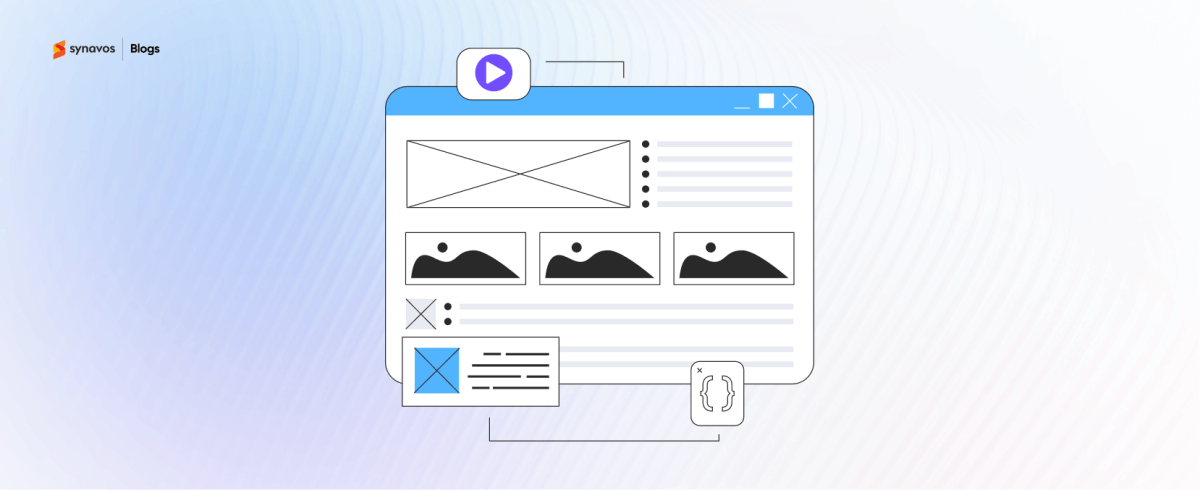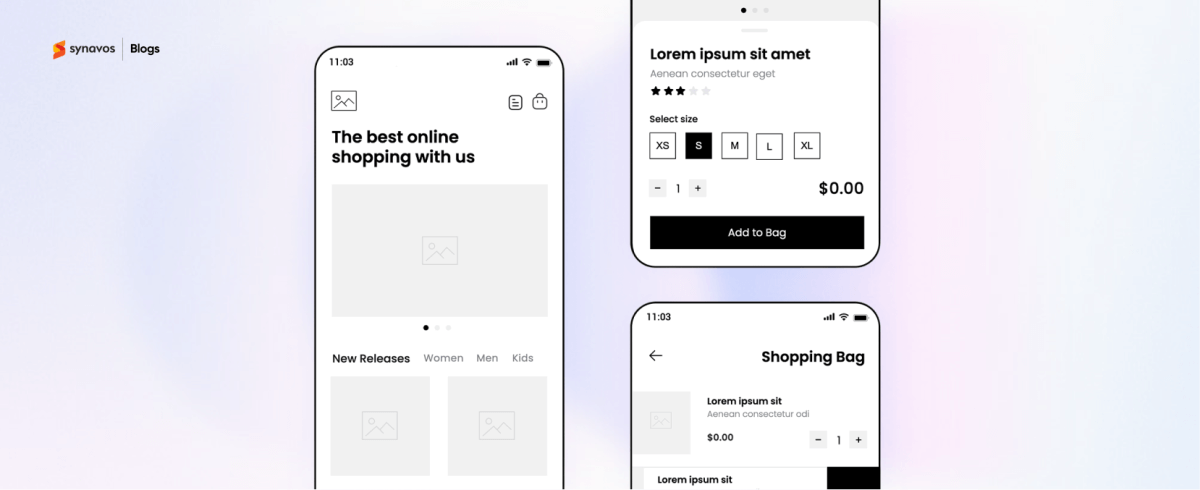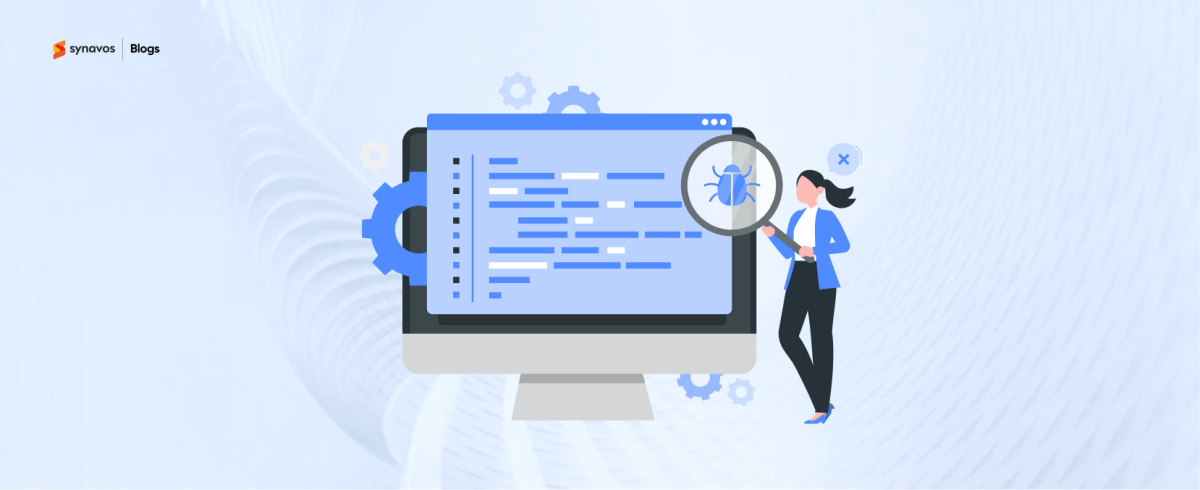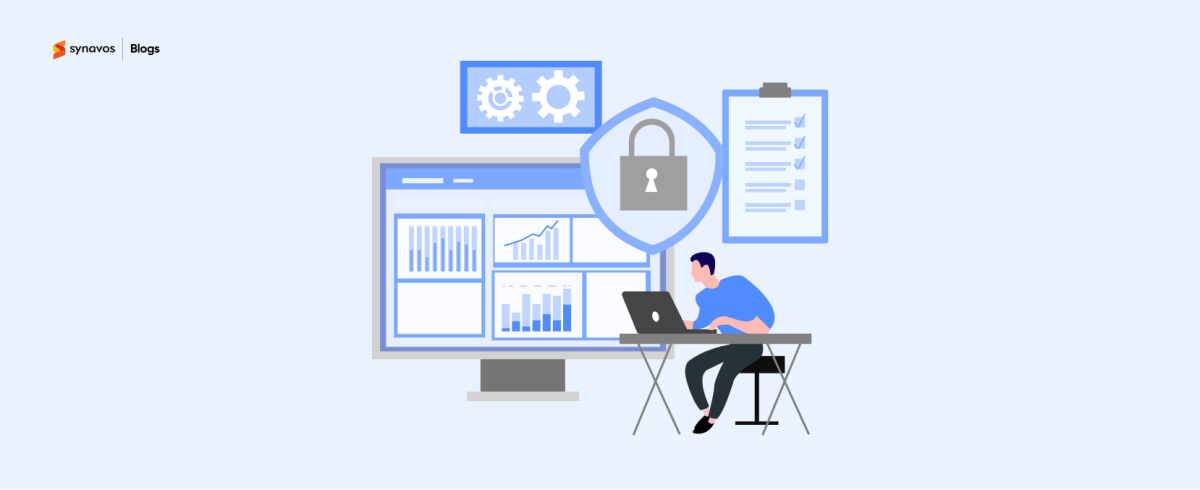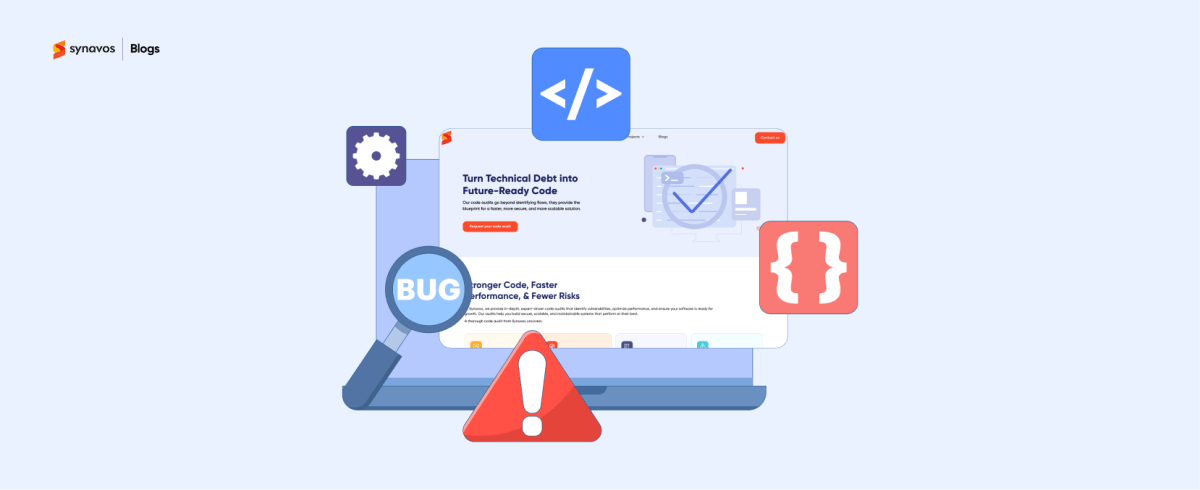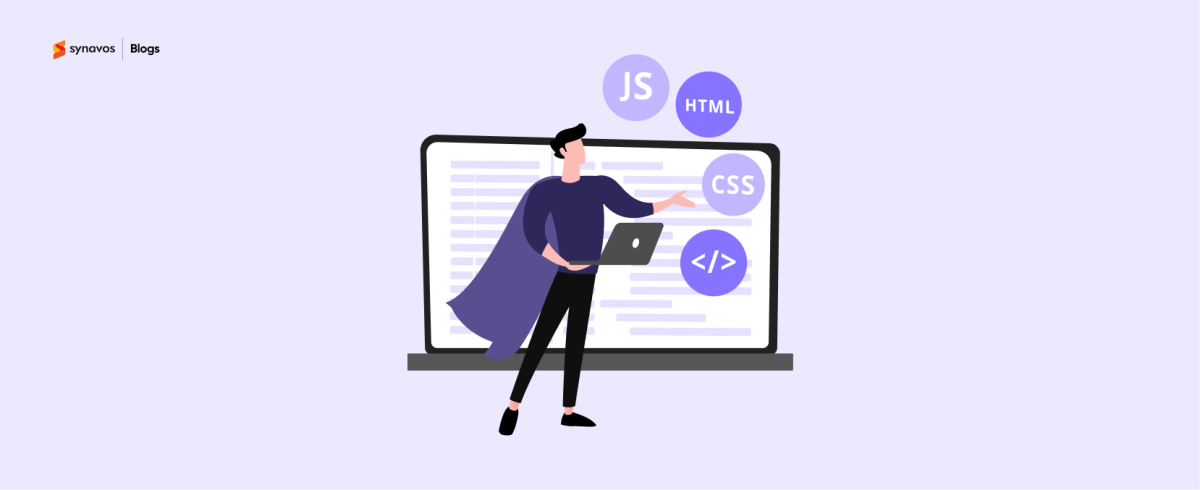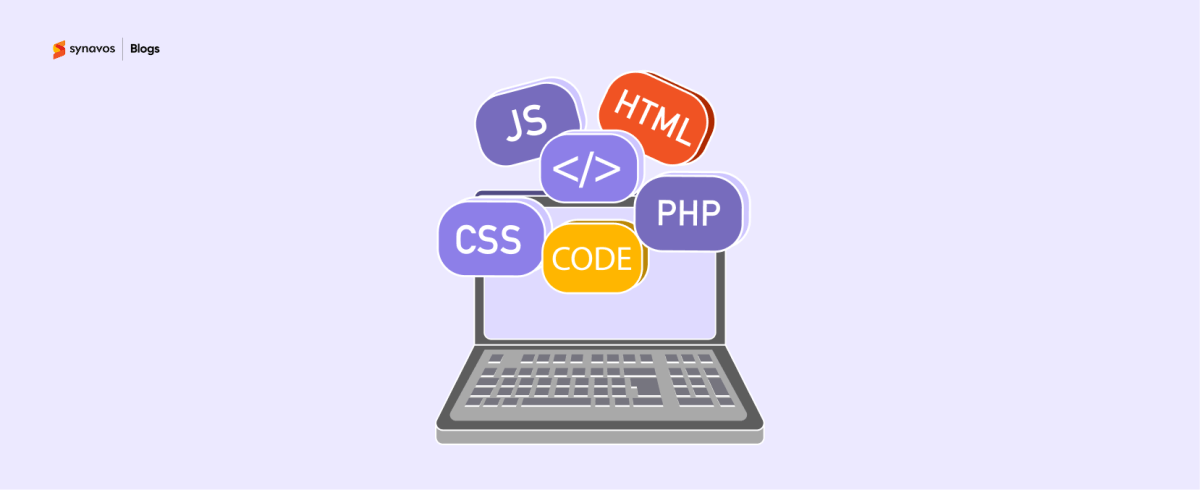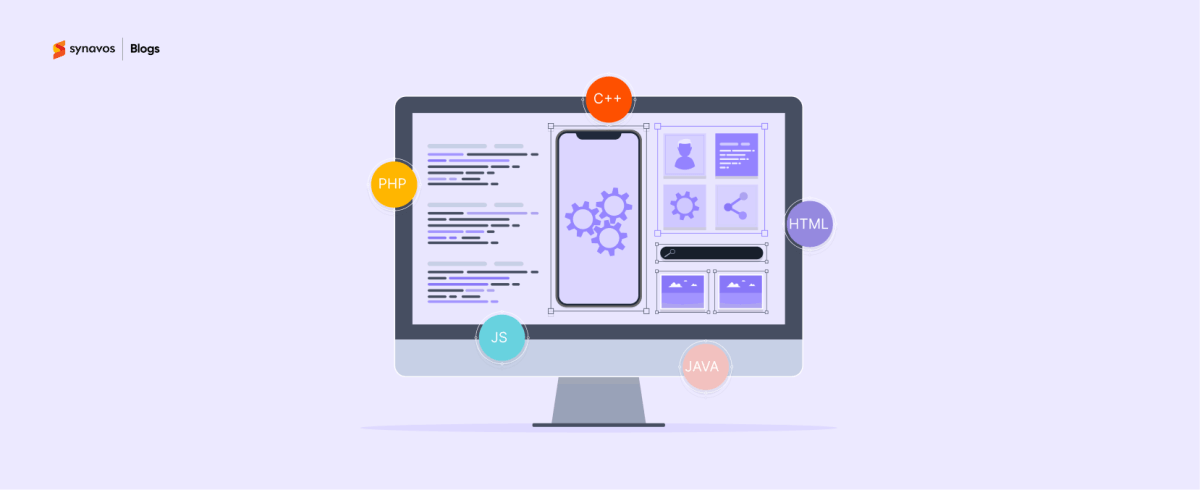SAP Business One Implementation is one of the smartest decisions any small or mid-sized business can make. The deployment of this ERP system helps companies run everything in one place, making it easier to grow and make savvy decisions. Nevertheless, too often, the excitement of new technology overshadows the practicalities required to make ERP implementations successful. In fact, setting up SAP B1 the wrong way can lead to big headaches, wasted money, and a lot of confusion.
While the risks of poor implementation are real, the rewards for getting it right are substantial. A 2024 ERP benchmark study by The CFO Club revealed that most companies implementing ERP systems like SAP Business One report clear, measurable gains. In fact, 74.3% experienced improvements in product and process efficiency, 56.8% achieved reductions in operating and labor costs, and 49.2% reported enhanced access to real-time business data.
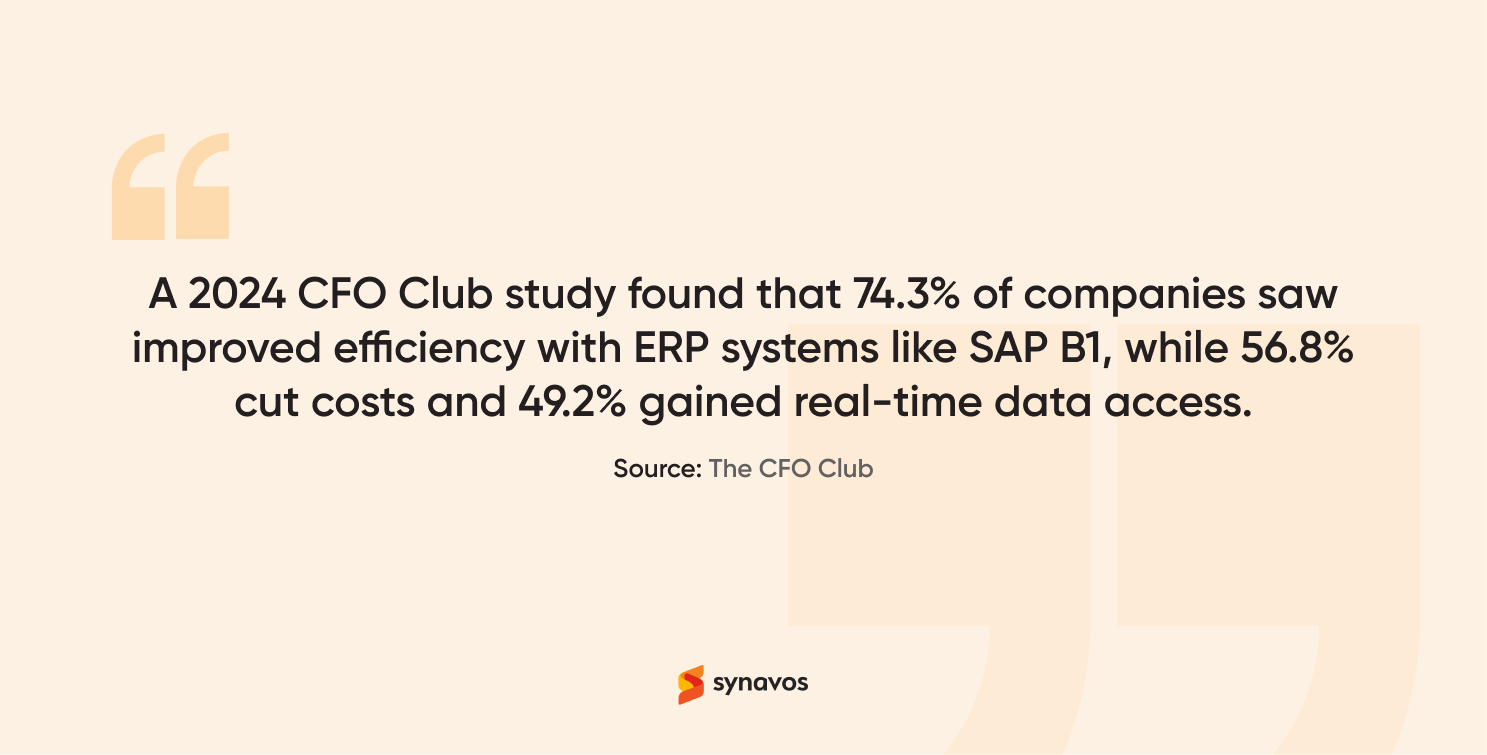
This comprehensive blog explains 7 common mistakes companies make during SAP B1 implementation and outlines practical strategies to avoid them for a smoother and successful deployment.
1. Jumping In Without a Clear Plan
Without a defined implementation strategy, starting SAP Business One implementation can turn from a solution into a costly misstep. You might think you can figure it out as you go, but that’s not how systems of companies work. Some companies believe the software alone will improve their processes. But they don’t clearly define what they expect, like automated invoicing, better inventory tracking, or easier reporting.
This common SAP B1 implementation mistake often leads to fragmented execution, unclear responsibilities, and a disconnect between business goals and system capabilities. A clearly documented plan not only aligns teams but ensures the technology delivers measurable business value. When your goals are clear from the beginning, SAP B1 becomes a powerful tool for your business.
What to Do Instead
- Define your business goals before starting the implementation
- Understand what you want SAP B1 to help you with (e.g., faster invoicing, better inventory tracking)
- Break the implementation into structured phases with checkpoints
2. Choosing the Wrong SAP B1 Implementation Partner
Choosing the wrong implementation partner is one of the fastest ways to ruin your SAP B1 project. A credible implementation partner does more than install software. They guide your team, solve technical issues, and help you get the most out of your system.
If your partner lacks experience with SAP B1 system integration or doesn’t understand your business, they may set it up incorrectly or take much longer than needed. Many companies pick the cheapest option to save money, but that often ends up costing more later. In contrast, a trusted SAP Business One consulting firm becomes an extension of your internal team by offering strategic guidance, system expertise, and ongoing support.
What to Do Instead
- Look for a SAP B1 implementation partner with experience in your industry
- Choose an implementation partner with a proven track record with SAP B1
- Hire a company with good communication and post-launch support
3. Over-Customizing the System
It’s tempting to make SAP Business One look and function exactly like you want. After all, change can be hard, and sticking to familiar processes feels safer. But this approach often leads to over-customization, a common SAP Business One implementation mistake that can undermine the entire ERP project.
The goal should be to use SAP B1 as it’s intended, leveraging best-practice workflows that support scalability and ease of maintenance. In fact, implement customizations only when they clearly improve business performance or provide a distinct competitive advantage.
What to Do Instead
- Stick to standard SAP B1 features wherever possible
- Only customize when it adds real business value
- Lean on expert consultants to balance usability with scalability
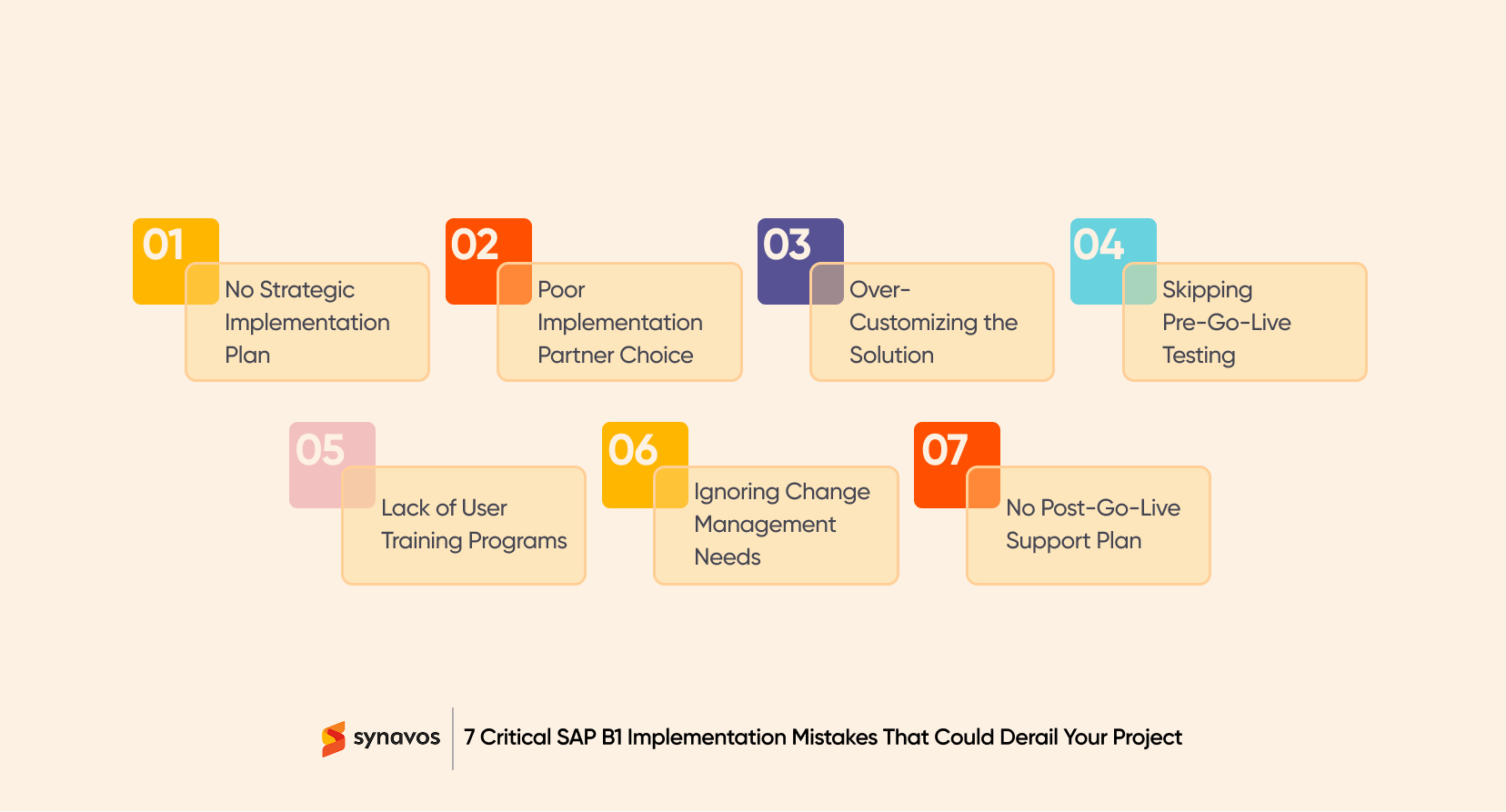
4. Skipping the Testing Phase before Go-Live
Testing is one of the most important parts of any SAP Business One implementation process. You might think everything’s fine until it’s not. Without proper testing, small issues can turn into big disasters after go-live. Orders might not process correctly, reports may be wrong, or payments might fail.
Nevertheless, proper testing before go-live lets you catch errors before they affect your business in real time. It also gives your team a chance to practice using the system. You should test all business processes, like sales, purchasing, inventory, and reporting. Think of testing as your last line of defense before going live with your new ERP system.
What to Do Instead
- Conduct end-to-end functional and process testing (sales, purchasing, reporting, etc.)
- Engage end-users during User Acceptance Testing (UAT) for real-world feedback
- Ensure all integrations and data validations are thoroughly verified
5. Ignoring Employee Training
Many companies focus heavily on the technical side of implementation but neglect to prepare their teams to use the new system effectively. Without proper training, employees may struggle to adapt to the new ERP system, which could lead to low adoption rates, costly user errors, and a fallback to manual processes.
Training should be role-specific, hands-on, and ongoing. Every department, whether it’s sales, finance, or procurement, needs to understand how SAP B1 supports their responsibilities. When users are properly trained, the system becomes an enabler, not an obstacle.
What to Do Instead
- Work with a SAP B1 partner that includes comprehensive training during implementation
- Ensure the partner delivers department-wise, hands-on sessions that use real company data and scenarios
- Confirm they offer ongoing post-go-live support, including refresher training, user Q&A sessions, and helpdesk access
6. Ignoring Change Management
Even the most advanced ERP platform won’t succeed without managing the human side of change. Shifts in roles, processes, and reporting structures often create resistance, especially when employees aren’t brought into the conversation early.
In fact, change management requires proactive communication, clear expectations, and consistent engagement. When employees understand the benefits and feel involved in the process, they are far more likely to adopt the system and support its long-term success.
What to Do Instead
- Communicate early and transparently about the reasons for change
- Get feedback and involve users in the process
- Recognize contributions and celebrate implementation milestones
7. Not Planning for Post-Implementation Support
Many companies view go-live as the finish line, but it’s actually the beginning of long-term optimization. Over time, your business will grow, employees will need more training, and updates will be required. If you don’t plan for post-implementation support for SAP Business One, small issues can snowball into big problems.
Employees may feel lost or start using workarounds that create confusion. Therefore, having a support plan means there’s always someone to help when things go wrong. In addition, sustainable ERP success depends on ongoing updates, refresher training, and performance reviews. Organizations that plan for continuous improvement maintain high user engagement and unlock greater value from their ERP investment.
What to Do Instead
- Set up internal support (an SAP B1 champion or help desk)
- Stay connected with your implementation partner
- Plan for regular system updates and training refreshers
Wrapping Up
Implementing SAP Business One is more than a technology upgrade. It’s a strategic move that reshapes how a business operates, collaborates, and grows. Avoiding these common pitfalls can mean the difference between a system that empowers the organization and one that falls short of expectations.
When approached thoughtfully, with the right partner and a clear vision, SAP B1 has the potential to become a powerful enabler of efficiency, agility, and insight across the enterprise. With each phase executed deliberately, from initial planning to post-launch optimization, businesses can gain real value from their ERP investment and position themselves for sustainable growth.
How Synavos Can Help
At Synavos, we approach SAP B1 implementation not just as a technical deployment but as a strategic partnership. With a strong track record of successful rollouts across the Middle East and Pakistan, we know what it takes to get it right. Our team takes the time to understand your business goals, align the system with your operations, and support your team through every stage of the process. From planning and customization to training and long-term optimization, we ensure every detail is handled with care.
Want to make your SAP business one implementation a success? Reach out to our experts today!










